
Jason Gulley captured this photograph, "Hope," of a manatee mother and her calf lazing in eelgrass, which is an important food source for manatees. Jason Gulley/100 for the Ocean
Published 4th May 2023
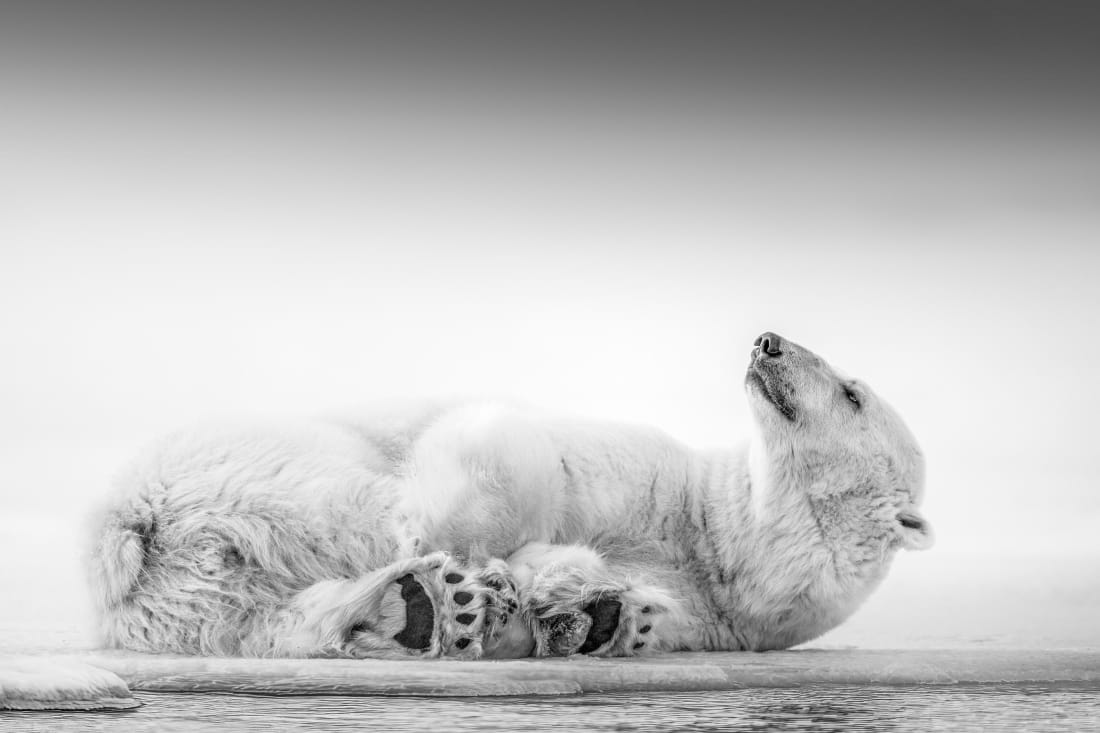
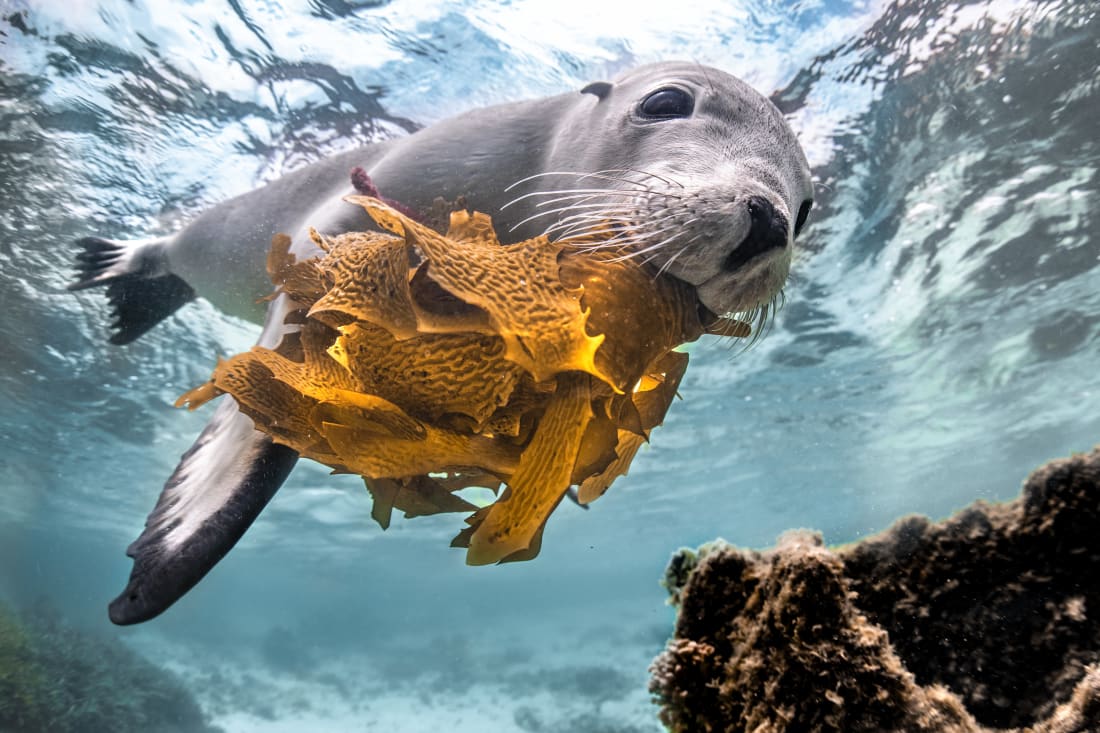
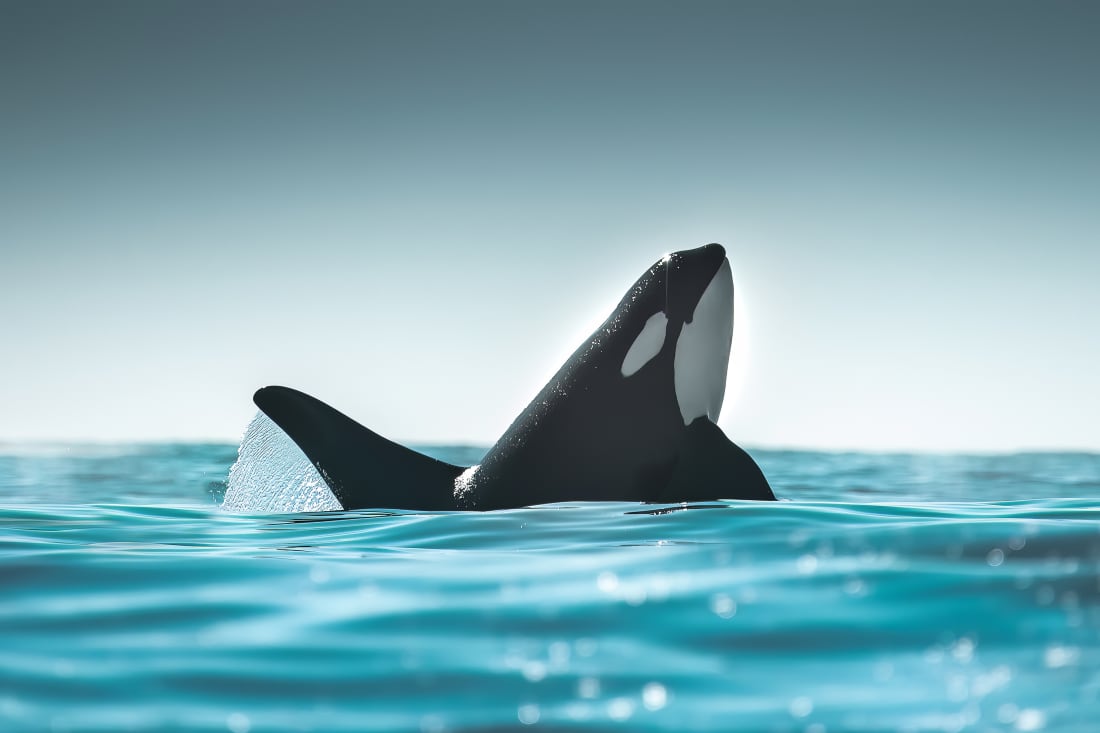
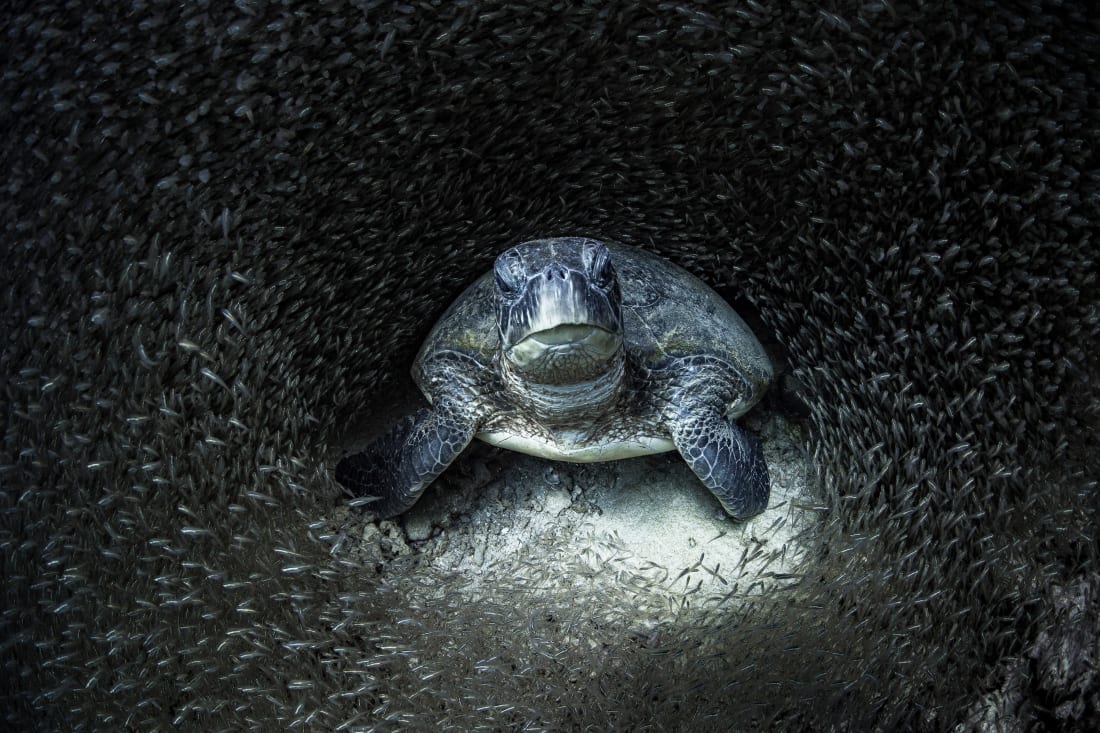
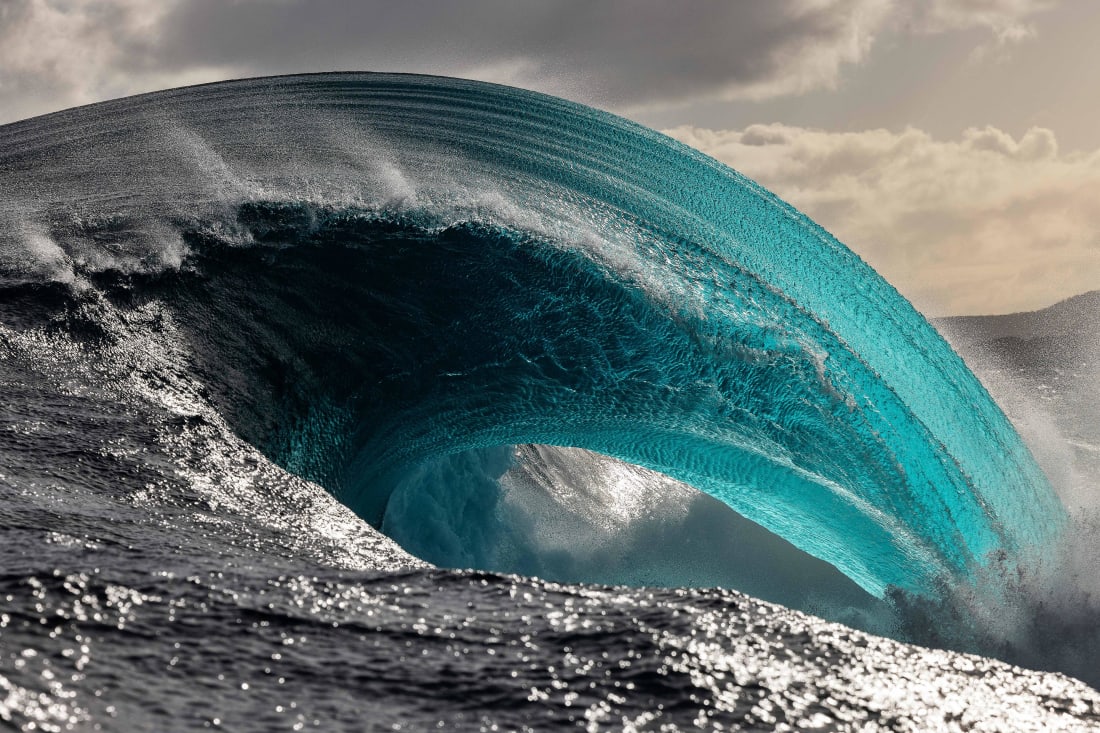
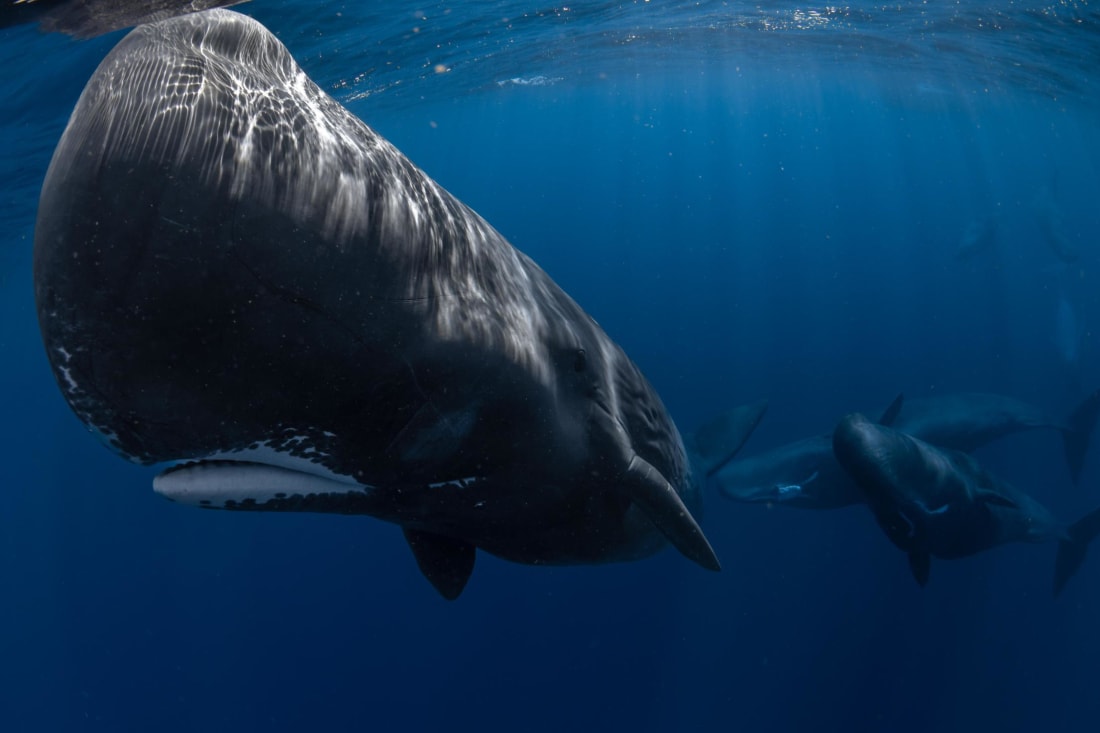
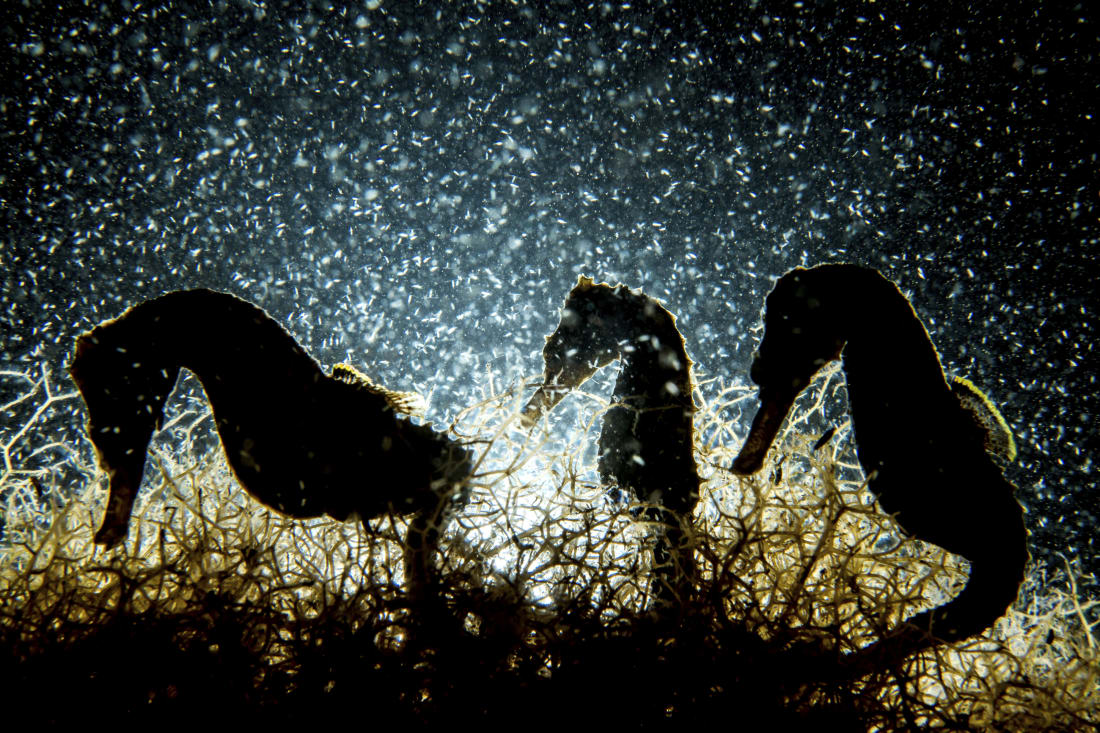

1 / 10 -
Written by Flo Cornall, CNN
Call to Earth is a CNN editorial series committed to reporting on the environmental challenges facing our planet, together with the solutions. Rolex's Perpetual Planet initiative has partnered with CNN to drive awareness and education around key sustainability issues and to inspire positive action.
Apicture of a manatee and her calf relaxing in Florida's eelgrass and an image of seahorses feasting on plankton late at night are just two of the limited-edition prints that will go on sale this month, as part of an initiative that unites 100 renowned photographers to raise money for ocean conservation.
Set up by photographers Paul Nicklen, Cristina Mittermeier and Chase Teron, 100 for the Ocean will run throughout the month of May, selling prints starting at $100.
The three co-founders believe that art has the unique ability to "bring the world together and give voice to the creatures who depend on the ocean for survival."
"Photography can provide a window into this mysterious world, showcasing the extraordinary diversity of life and habitat that rely on a healthy ocean," Teron said.
He hopes that the sale will raise at least $1 million. "With the 100 photographers we have on our team and our community of ocean lovers, we think this is very doable, but it's not an easy feat," he added.
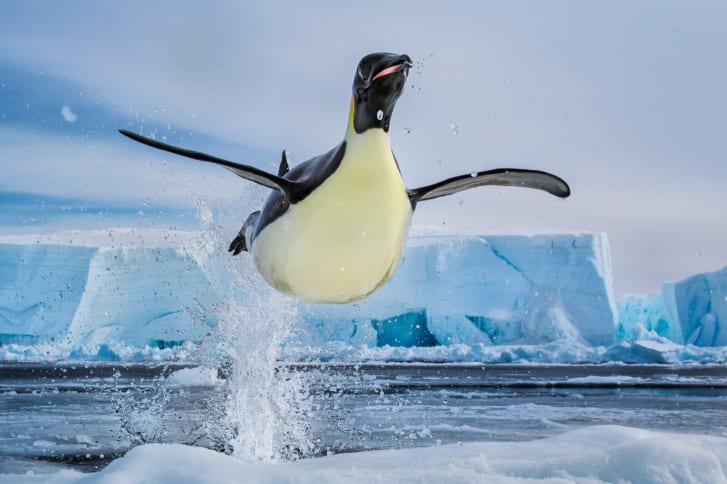
In this image, captured by 100 for the Ocean co-founder Paul Nicklen, an emperor penguin propels itself out of Antartica's icy waters. Credit: Paul Nicklen/100 for the Ocean
Net proceeds go to Sea Legacy Canada Foundation, which will use the money to expand its own conservation efforts, and support other ocean-focused organizations through media connections and documentary storytelling opportunities, according to a press release. SeaLegacy was started by Nicklen and Mittermeier to use storytelling to protect the ocean.
According to a paper published in 2020, investments of $175 billion per year will be needed to conserve and ensure sustainable use of the ocean, to meet United Nations Sustainable Development Goal 14 -- "Life Below Water."
"As a small group of photographers, we're just going to raise a drop of that," Mittermeier said in a press release. "The hope, however, is that we're going to shine a spotlight on the ocean."
"Ensuring our own survival"
The ocean faces many problems; more than 17 million metric tons of plastic entered the ocean in 2021, a figure that is projected to double or triple by 2040, according to the UN's Sustainable Development Goals Report 2022. It also faces threats from warming, overfishing, and acidification.
Marine life in the world's oceans can recover to healthy levels by 2050, researchers say
"The health of our ocean determines the health of our planet. When we protect the sea, we are not only safeguarding the countless species that call it home, but we are also ensuring our own survival," said Teron.
Curated by Kathy Moran, former National Geographic deputy director of photography, 100 for the Ocean features prints from world-renowned photographers including Steve McCurry, Jimmy Chin and Joel Sartore.
Teron added that the purpose of 100 for the Ocean resonated with many photographers, who saw it as an opportunity to create a lasting impact through their art.
Call to Earth is a CNN editorial series committed to reporting on the environmental challenges facing our planet, together with the solutions. Rolex's Perpetual Planet initiative has partnered with CNN to drive awareness and education around key sustainability issues and to inspire positive action.
Apicture of a manatee and her calf relaxing in Florida's eelgrass and an image of seahorses feasting on plankton late at night are just two of the limited-edition prints that will go on sale this month, as part of an initiative that unites 100 renowned photographers to raise money for ocean conservation.
Set up by photographers Paul Nicklen, Cristina Mittermeier and Chase Teron, 100 for the Ocean will run throughout the month of May, selling prints starting at $100.
The three co-founders believe that art has the unique ability to "bring the world together and give voice to the creatures who depend on the ocean for survival."
"Photography can provide a window into this mysterious world, showcasing the extraordinary diversity of life and habitat that rely on a healthy ocean," Teron said.
He hopes that the sale will raise at least $1 million. "With the 100 photographers we have on our team and our community of ocean lovers, we think this is very doable, but it's not an easy feat," he added.

In this image, captured by 100 for the Ocean co-founder Paul Nicklen, an emperor penguin propels itself out of Antartica's icy waters. Credit: Paul Nicklen/100 for the Ocean
Net proceeds go to Sea Legacy Canada Foundation, which will use the money to expand its own conservation efforts, and support other ocean-focused organizations through media connections and documentary storytelling opportunities, according to a press release. SeaLegacy was started by Nicklen and Mittermeier to use storytelling to protect the ocean.
According to a paper published in 2020, investments of $175 billion per year will be needed to conserve and ensure sustainable use of the ocean, to meet United Nations Sustainable Development Goal 14 -- "Life Below Water."
"As a small group of photographers, we're just going to raise a drop of that," Mittermeier said in a press release. "The hope, however, is that we're going to shine a spotlight on the ocean."
"Ensuring our own survival"
The ocean faces many problems; more than 17 million metric tons of plastic entered the ocean in 2021, a figure that is projected to double or triple by 2040, according to the UN's Sustainable Development Goals Report 2022. It also faces threats from warming, overfishing, and acidification.
Marine life in the world's oceans can recover to healthy levels by 2050, researchers say
"The health of our ocean determines the health of our planet. When we protect the sea, we are not only safeguarding the countless species that call it home, but we are also ensuring our own survival," said Teron.
Curated by Kathy Moran, former National Geographic deputy director of photography, 100 for the Ocean features prints from world-renowned photographers including Steve McCurry, Jimmy Chin and Joel Sartore.
Teron added that the purpose of 100 for the Ocean resonated with many photographers, who saw it as an opportunity to create a lasting impact through their art.








1 / 10 -
100 For the Ocean was co-founded by photographers Paul Nicklen, Cristina Mittermeier and Chase Teron. The project is a collaboration between 100 renowned photographers to raise money for ocean conservation.
Five wild animal facts discovered in 2023
Gorillas enjoy feeling dizzy, while moths are more efficient pollinators than bees, scientists have discovered this year
THE WEEK STAFF
4 MAY 2023
New scientific discoveries about animals been made this year, helping scientists understand their behaviour, abilities, and interactions with the environment.
From uncovering the tool-making abilities of Goffin's cockatoos to revealing the fatal consequences of breeding season for male northern quolls, these revelations have expanded our knowledge of the natural world.
Here are some of the most interesting new findings in 2023.
1

Wassilios Aswestopoulos/NurPhoto via Getty Image
Moths work hard at night
Bees tend to be regarded as among the more “hardworking” pollinators, and they have been the focus of much of the research into declining insect populations. But according to a recent study, night-flying moths are the more efficient pollinators. A team from the University of Sussex used camera traps to monitor ten bramble patches in the southeast of England in July 2021. They found that 83% of insect visits to bramble flowers were made during the day, and that in these short summer nights, night-flying moths notched up only 15% of the visits. However, the moths pollinated the flowers more efficiently, and were therefore making a significant contribution in the hours of darkness. “Bees are undoubtedly important, but our work has shown that moths pollinate flowers faster than day-flying insects,” said study co-author Prof Fiona Mathews. “Sadly, many moths are in serious decline in Britain, affecting not just pollination but also food supplies for many other species, ranging from bats to birds.” She added that the study also highlighted the importance of bramble patches – which are often regarded as unsightly and cleared away – as a source of food for moths and as critical for night-time pollinators.
2
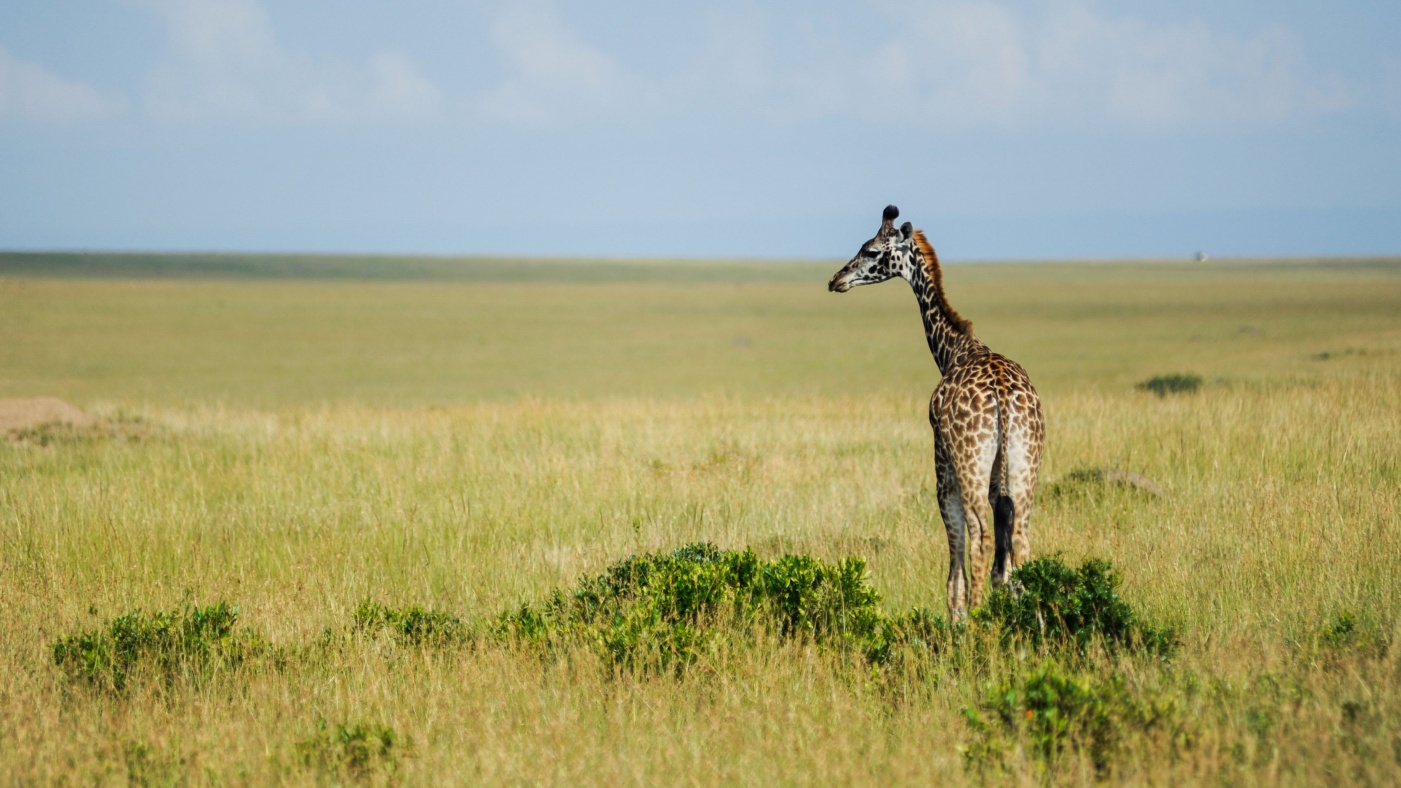
Gerald Anderson/Anadolu Agency via Getty Images
Are loners more innovative?
Loners could be better at problem solving, a study of animals has suggested. The researchers looked at 13 species of hoofed mammal (or ungulate), including horses, sheep, deer and giraffes, living in captivity in zoos in Europe, and observed each of them to work out their social hierarchies and the levels of integration in the groups. They also gauged their fear of new objects by placing colourful bowls next to their feeding spots. They then left closed containers full of the animals’ favourite foods around their enclosures, and watched to see how they responded. They found that with all the species, it was the animals who were less well-integrated – and less fearful of the new – who were most adept at getting into the boxes to get the treats. The authors of the study, published in the Proceedings of the Royal Society B, told The New Scientist that there could be two explanations for this. It could be that socially isolated individuals cannot count on others in the group to provide support and assistance, so they have to learn to be more innovative. However, it could also be that loners are not actually outcasts, but have opted to live on the margins because they can figure things out on their own, and so don’t need others.
3
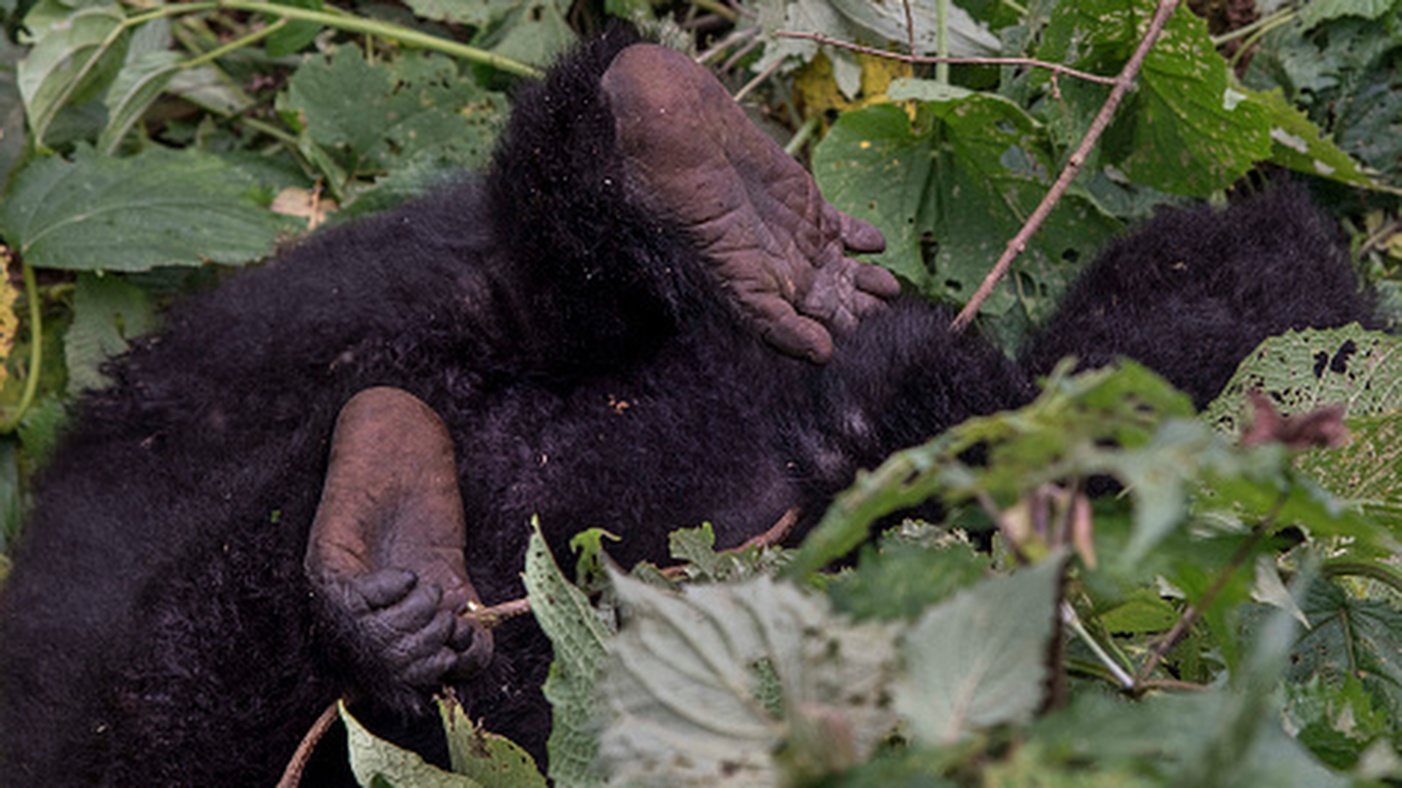
Thierry Falise/LightRocket via Getty Images)
Apes whirl around to get ‘high’
Gorillas spin themselves around in circles, because they enjoy feeling dizzy, a study has found. Psychologists at the University of Warwick and University of Birmingham became intrigued by a viral video of an ape spinning around in a pool, and decided to investigate further. It turned out that the behaviour is relatively common: they found numerous videos of apes using ropes or vines to rotate at speeds similar to that of human circus performers. The behaviour is clearly deliberate, and since there is a long history of humans spinning around to achieve an altered mental state, it’s likely that apes do it for the same reason, team leader Dr Adriano Lameira told The Daily Telegraph. Potentially, our prehistoric ancestors also span around to get “high”, he added. If it’s not the original high, then it is “at least one of the oldest that predate substance-induced highs”.
4
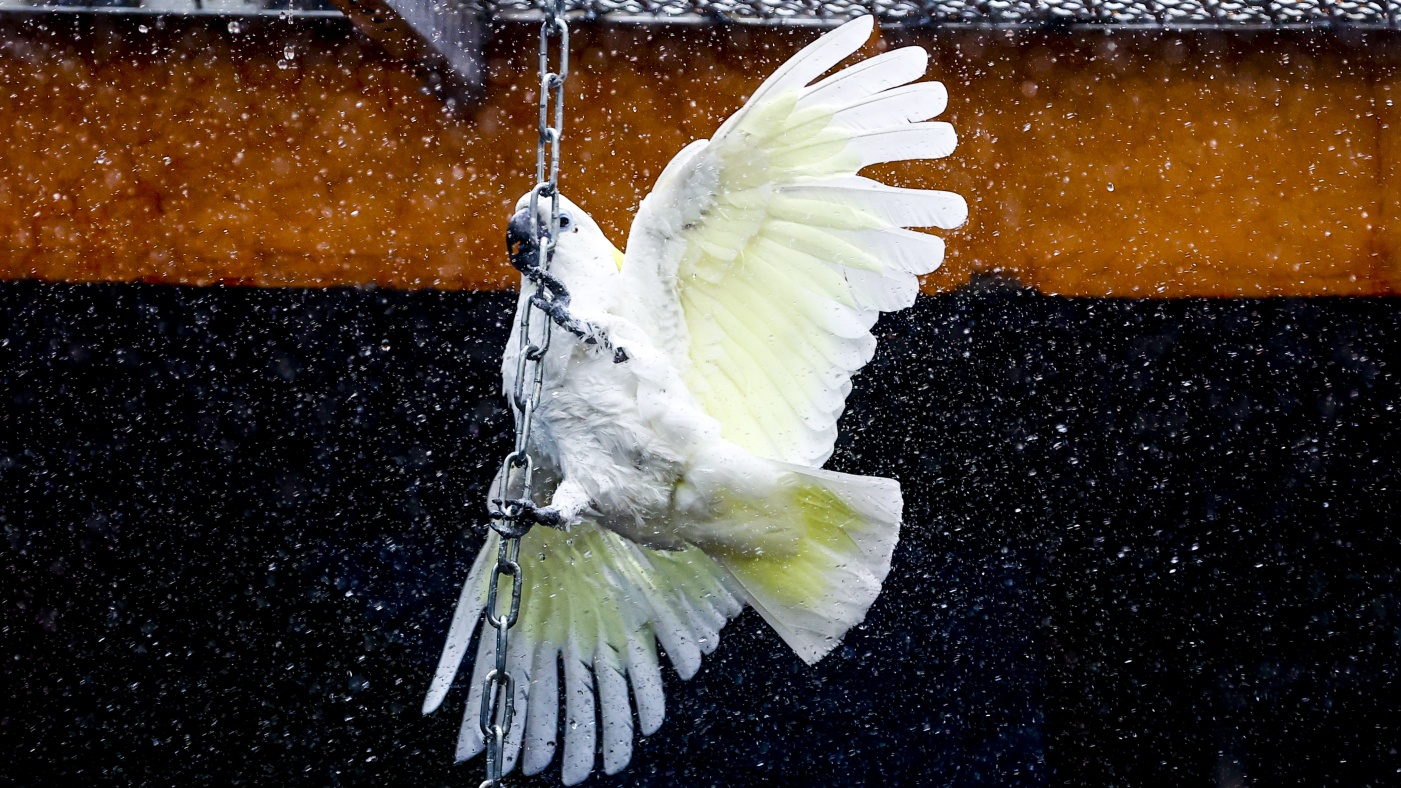
Sefa Karacan/Anadolu Agency via Getty Images)
The cockatoo’s toolkit
Until recently, humans and chimpanzees were thought to be the only species that use “toolsets”: a collection of different tools used to achieve specific tasks. But in 2021, scientists in Indonesia observed wild Goffin’s cockatoos using three types of tools to extract seeds from fruit. Now new research has shown how effectively the birds are able to use toolsets. In the journal Current Biology, scientists at the University of Veterinary Medicine Vienna describe how they presented to ten Goffin’s cockatoos a box containing a cashew nut that could only be accessed using two different tools: a rigid stick to pierce and tear a membrane between a window and the nut; and a longer, flexible tool to fish the nut out. Seven figured out the need to use both tools, with two solving the task on their first try. The team says that the findings provide the first controlled evidence that Goffin’s cockatoos can spontaneously begin to use a novel toolset, without help from others. The study also provided the first clear evidence that birds can carry a set of tools they will need for a future task: in a more complex trial requiring tools to be brought to a raised platform, four out of the five birds tested learnt to carry both correct tools.
5
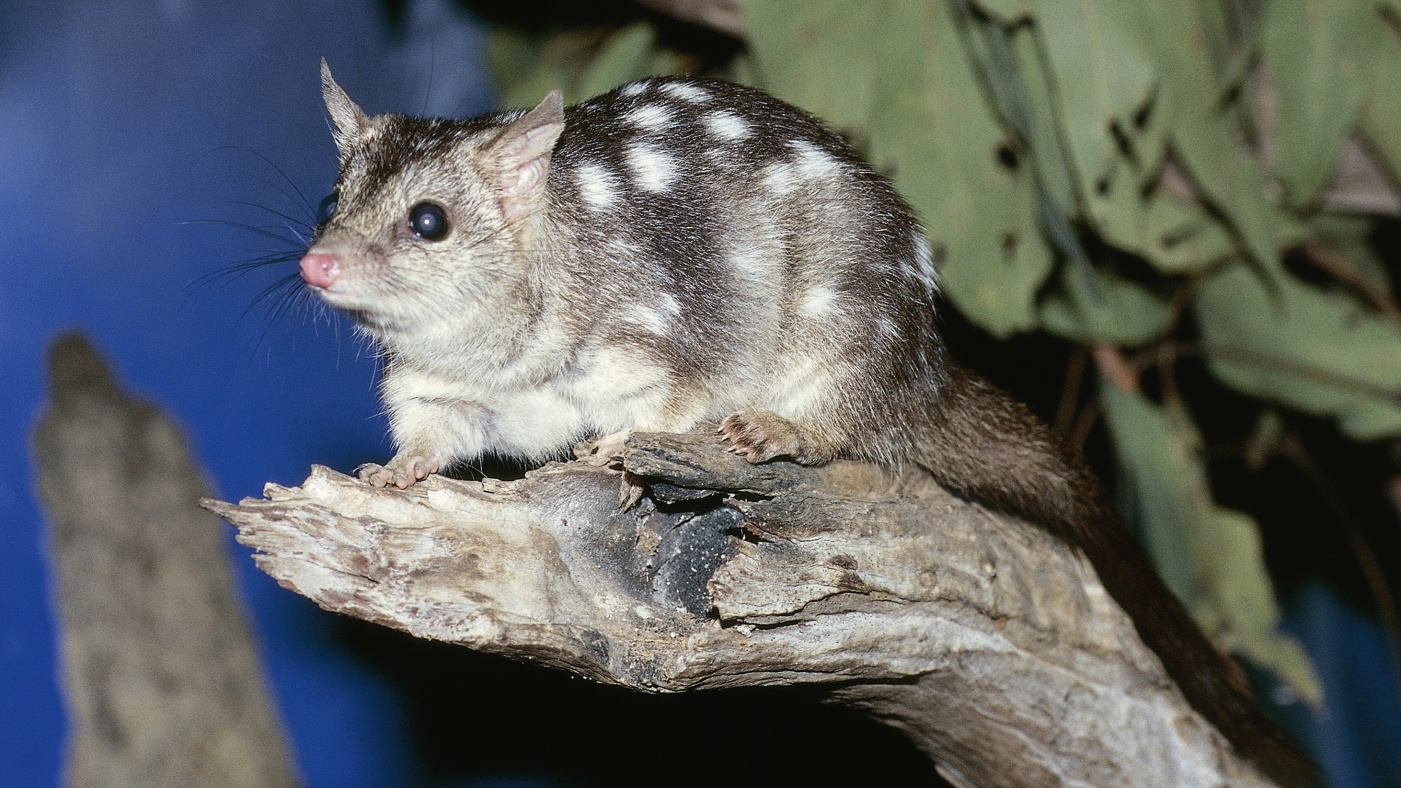
DeAgostini/Getty Images
A marsupial’s fatal attraction
The male northern quoll – an Australian marsupial that is about a foot long – tends only to survive one breeding season, whereas females usually live for four. Now researchers have found out why: in its determination to mate, the animal exhausts itself to death. Using sensors to track northern quolls, the team observed that the males travelled more than six miles in a night in search of a partner, resting for only 8% of the time. The males had more parasites than females, probably because they prioritised seeking a mate over grooming, and were not as vigilant about searching for food and avoiding predators. “By the end of the breeding season, these quolls just look terrible,” said study co-author Dr Christofer Clemente, of the University of the Sunshine Coast.
Five wild animal facts discovered in 2023
Gorillas enjoy feeling dizzy, while moths are more efficient pollinators than bees, scientists have discovered this year
THE WEEK STAFF
4 MAY 2023
New scientific discoveries about animals been made this year, helping scientists understand their behaviour, abilities, and interactions with the environment.
From uncovering the tool-making abilities of Goffin's cockatoos to revealing the fatal consequences of breeding season for male northern quolls, these revelations have expanded our knowledge of the natural world.
Here are some of the most interesting new findings in 2023.
1

Wassilios Aswestopoulos/NurPhoto via Getty Image
Moths work hard at night
Bees tend to be regarded as among the more “hardworking” pollinators, and they have been the focus of much of the research into declining insect populations. But according to a recent study, night-flying moths are the more efficient pollinators. A team from the University of Sussex used camera traps to monitor ten bramble patches in the southeast of England in July 2021. They found that 83% of insect visits to bramble flowers were made during the day, and that in these short summer nights, night-flying moths notched up only 15% of the visits. However, the moths pollinated the flowers more efficiently, and were therefore making a significant contribution in the hours of darkness. “Bees are undoubtedly important, but our work has shown that moths pollinate flowers faster than day-flying insects,” said study co-author Prof Fiona Mathews. “Sadly, many moths are in serious decline in Britain, affecting not just pollination but also food supplies for many other species, ranging from bats to birds.” She added that the study also highlighted the importance of bramble patches – which are often regarded as unsightly and cleared away – as a source of food for moths and as critical for night-time pollinators.
2

Gerald Anderson/Anadolu Agency via Getty Images
Are loners more innovative?
Loners could be better at problem solving, a study of animals has suggested. The researchers looked at 13 species of hoofed mammal (or ungulate), including horses, sheep, deer and giraffes, living in captivity in zoos in Europe, and observed each of them to work out their social hierarchies and the levels of integration in the groups. They also gauged their fear of new objects by placing colourful bowls next to their feeding spots. They then left closed containers full of the animals’ favourite foods around their enclosures, and watched to see how they responded. They found that with all the species, it was the animals who were less well-integrated – and less fearful of the new – who were most adept at getting into the boxes to get the treats. The authors of the study, published in the Proceedings of the Royal Society B, told The New Scientist that there could be two explanations for this. It could be that socially isolated individuals cannot count on others in the group to provide support and assistance, so they have to learn to be more innovative. However, it could also be that loners are not actually outcasts, but have opted to live on the margins because they can figure things out on their own, and so don’t need others.
3

Thierry Falise/LightRocket via Getty Images)
Apes whirl around to get ‘high’
Gorillas spin themselves around in circles, because they enjoy feeling dizzy, a study has found. Psychologists at the University of Warwick and University of Birmingham became intrigued by a viral video of an ape spinning around in a pool, and decided to investigate further. It turned out that the behaviour is relatively common: they found numerous videos of apes using ropes or vines to rotate at speeds similar to that of human circus performers. The behaviour is clearly deliberate, and since there is a long history of humans spinning around to achieve an altered mental state, it’s likely that apes do it for the same reason, team leader Dr Adriano Lameira told The Daily Telegraph. Potentially, our prehistoric ancestors also span around to get “high”, he added. If it’s not the original high, then it is “at least one of the oldest that predate substance-induced highs”.
4

Sefa Karacan/Anadolu Agency via Getty Images)
The cockatoo’s toolkit
Until recently, humans and chimpanzees were thought to be the only species that use “toolsets”: a collection of different tools used to achieve specific tasks. But in 2021, scientists in Indonesia observed wild Goffin’s cockatoos using three types of tools to extract seeds from fruit. Now new research has shown how effectively the birds are able to use toolsets. In the journal Current Biology, scientists at the University of Veterinary Medicine Vienna describe how they presented to ten Goffin’s cockatoos a box containing a cashew nut that could only be accessed using two different tools: a rigid stick to pierce and tear a membrane between a window and the nut; and a longer, flexible tool to fish the nut out. Seven figured out the need to use both tools, with two solving the task on their first try. The team says that the findings provide the first controlled evidence that Goffin’s cockatoos can spontaneously begin to use a novel toolset, without help from others. The study also provided the first clear evidence that birds can carry a set of tools they will need for a future task: in a more complex trial requiring tools to be brought to a raised platform, four out of the five birds tested learnt to carry both correct tools.
5

DeAgostini/Getty Images
A marsupial’s fatal attraction
The male northern quoll – an Australian marsupial that is about a foot long – tends only to survive one breeding season, whereas females usually live for four. Now researchers have found out why: in its determination to mate, the animal exhausts itself to death. Using sensors to track northern quolls, the team observed that the males travelled more than six miles in a night in search of a partner, resting for only 8% of the time. The males had more parasites than females, probably because they prioritised seeking a mate over grooming, and were not as vigilant about searching for food and avoiding predators. “By the end of the breeding season, these quolls just look terrible,” said study co-author Dr Christofer Clemente, of the University of the Sunshine Coast.
No comments:
Post a Comment